Scent Gardens – One Thing Even Lovely Gardens May Be Missing

Planting blossoms and bushes in view of their aroma is an excellent method you can do to change your yard. This is what you have to think about if you desire a fragrant scent garden.
Most homeowners plant blossoming flowers, bushes, and shrubs with bright colorful sprouts and variegated leaves to upgrade their view from their patio, porches and to improve their homes curb appeal. Be that as it may, imagine a scenario in which you could add your plantings sweet aromas or fragrances to your landscape?
Enter your fragrant Scent Garden
Similarly in the way that you light a lemon-scented candle flame in the kitchen to veil pet smells, odors, and the last nights fish dinner, an aroma garden is planted with blossoming flower beds and bush brambles that are planted specifically in light of their beautiful scents. Doing this can result in having a stunning landscape, patio, and path walkways that are injected with pleasant aromas throughout the entire summer.
Believe it or not… “You’re really passing up a major opportunity in the event that you don’t pick plants, flowers, bushes and flowering trees for their scent and sweet fragrances that can add an additional dimension to your garden and make it all the more engaging,” says Susan Smith, the green thumb at Eastern Shore Nursery of Virginia.
The effect of aroma is unmistakable and firmly attached to one’s recollection and memories — likewise, a garden without scent will appear to be sterile and in some way or another not seem exactly right, according to Joe Brown, lead creator at Meadows Farm Nursery.
Garden planting can be viewed as a salve—particularly now during these stressful times of the COVID-19 crisis to sooth oneself — so up your green thumb game by including fragrant blossoms, herbs, spices, and bushes with pleasant aromas to your scent garden. Here’s additional information about planting fragrant scent gardens, including which flora to place in and where to put it for the most extreme olfactory effects.
Scent Gardens by Zone
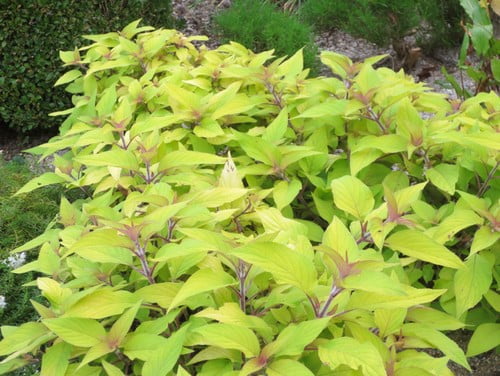
Luckily for the home gardener, any climate can accommodate some sort of a fragrant scent gardens.
There are a few scented plants that are tropical you might consider, but outside of those you can find some additional options that will grow in cooler climates.
But, take note of your local temperatures when selecting the appropriate annuals and perennials for their scents.
Some flowers are considered perennials in warmer climates and annuals in colder zone areas, including freesia and tuberose. In Virginia, some options for tropical plantings include:
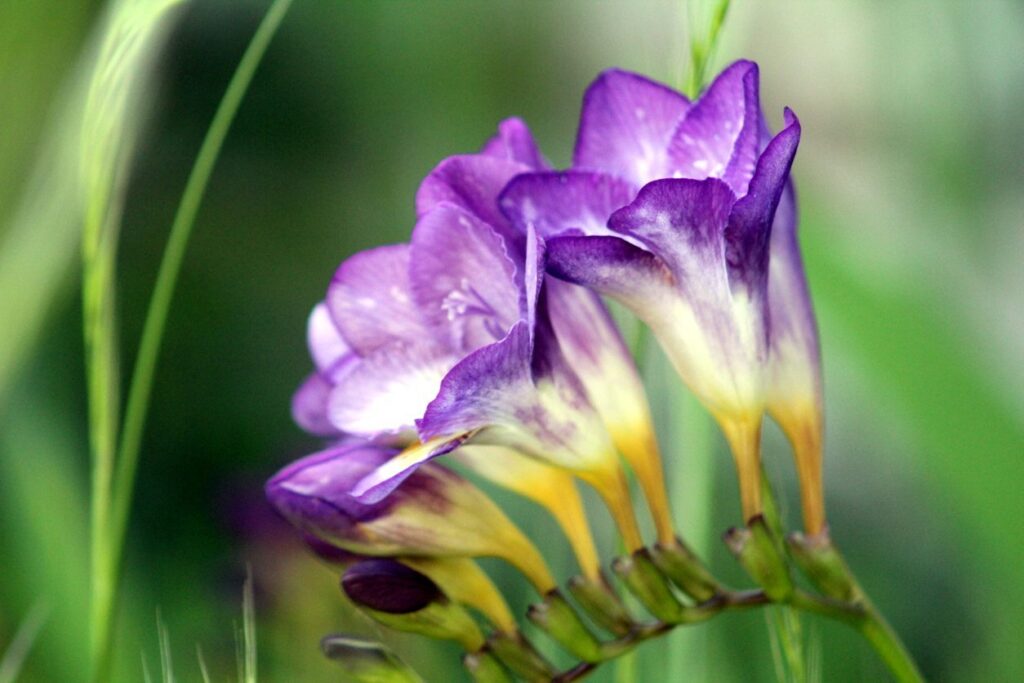
- Palms. Nothing says “tropical” like a palm. But can they be grown in Virginia. Yes, certain varieties like the Chinese windmill palm (Trachycarpus fortunei, Zones 7–10) is one of the hardiest, and growing it in colder climates gives you the unusual visual of snow on palms trees!
- Cordyline. Known for its stunning foliage, the leaves of cordyline range from glossy green to reddish purple to red, white or yellow.
- Bananas. Create your own leafy jungle with pots of bananas.
- Cannas. Large, dramatic leaves make cannas impressive even when they aren’t flowering. Their blooms add an extra pop of color with red, orange or yellow flowers.
- Hibiscus. This stunner boasts 6-inch flowers in shades of red, orange, yellow, coral, pink, purple and white, with glossy, dark green leaves.
- Mandevilla. This climber plant boasts graceful, trumpet-shaped flowers. Plant them in a bed with an arbor to climb, or against the walls adjacent to an entrance. The flowers grow in pink, rose, red, and white. They love bright, indirect light or full sun with midday shade.
- Caladium. A stunner of the shade world. Their heart-shaped leaves come in striking color combinations of red, pink, rose, white, chartreuse, and green. They light up flower containers and beds.
- Crotons. One of the boldest plants around, crotons boast colorful foliage marked with bright yellow, orange, red, and black. These plants aren’t shade lovers — they love lots of light to produce all those colorful leaves.
- Bird of Paradise. The flower stalks are a combination of blue petals and orange petal-look leaves that emerge from a beak-like leaf structure. It adds an exotic feel and texture to a bed or planter.
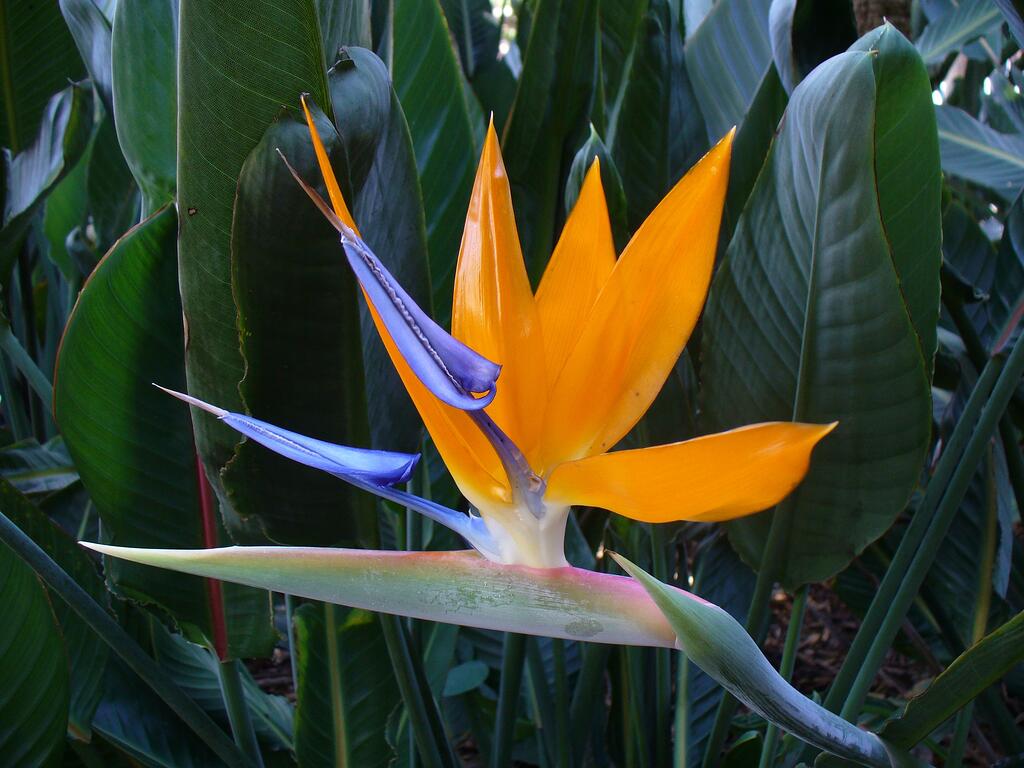
Where to plant your scent garden
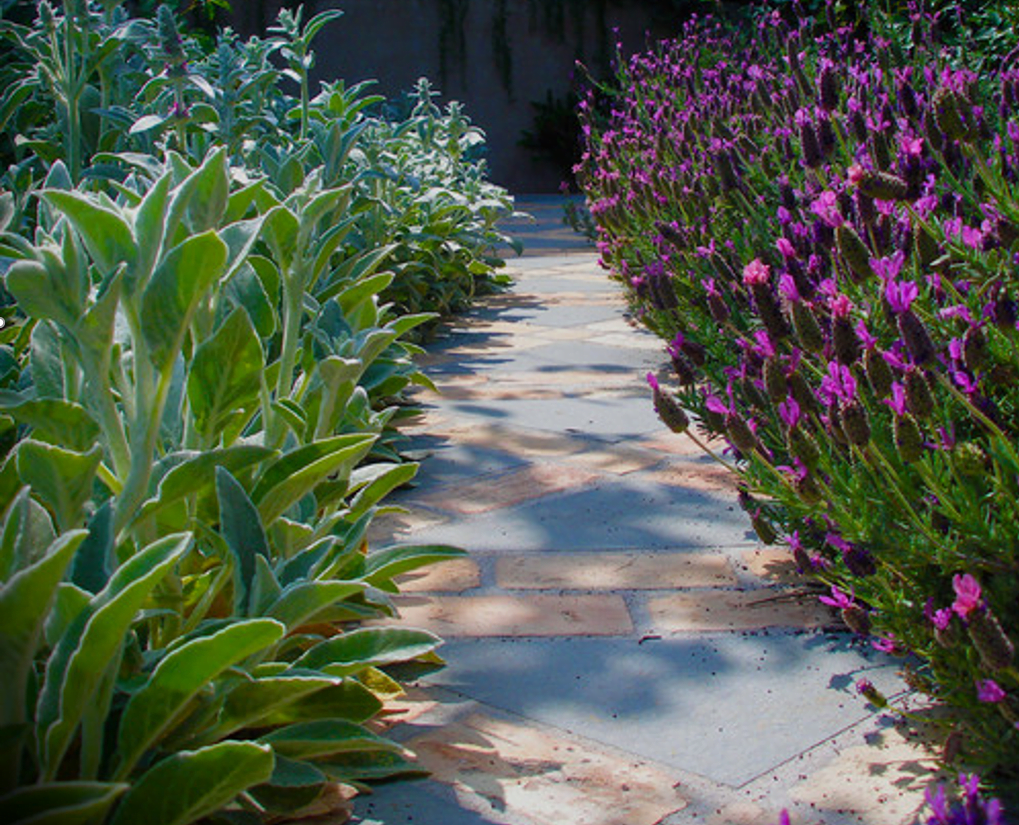
Center your fragrance and scent garden in the open-air areas around the home where you invest the most energy and time, say the professionals. For instance, plant a column of rosemary plants at the edge of your driveway to enjoy the delicious scent of its leaves as you walk out to check the mailbox each day. Or plant swaths of creeping thyme or lemon verbena along the walkway to the patio or between stone pavers so their scent and fragrance is released with each you take along the way.
Consider planting fragrant mint or lemongrass in pots close to your front door entryway or in the yard to repel mosquitoes from entering the house. In flower boxes under windows, plant scented flowers and plants so when you open them their aromas floats inside the home
The best-smelling flowers

Roses are top choices when it comes to selecting fragrant flower blossoms—everybody loves and cherishes them, says Clark Nigg, Head Designer at Landscape Pros in Manassas, VA. Other suggestions like scented geraniums, jasmine, stargazer lilies, gardenias, hyacinth, and clematis vine plants are fragrant choices among professional landscapers.
The best-smelling herbs
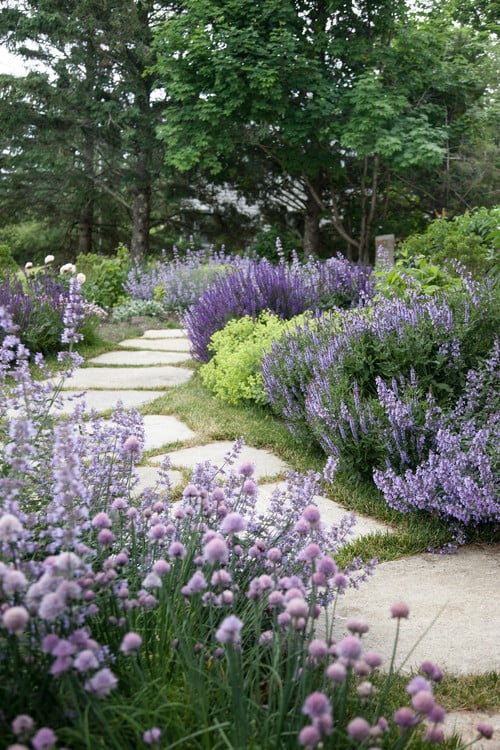
Lavender is a great blossoming herb in aroma or scent gardens; however you can likewise slant toward the kitchen and plant edible ones for their delicious flavorful scents to smell when cooking (e.g. oregano, basil, and mint).
Other recommendations are sage assortments, for example, cleveland sage; or hummingbird sage, which attracts the bird; or the natural earth smelling white sage is a nice choice.
Additionally, Wooly Blue Curls offer another option besides rosemary, where the sprouts smell like a blueberry muffin and leave your hands smelling like they just left a bread bakery. How’s that for a delicious scent?
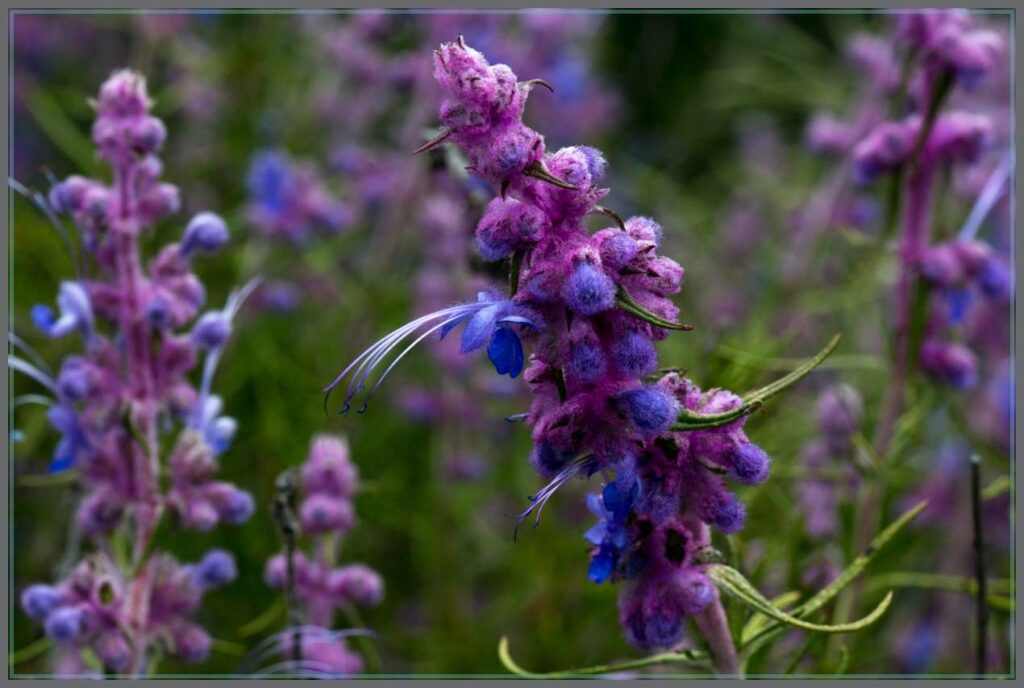
Best trees and bushes for scent gardens
Lilacs are mainstream popular choices in a fragrance scent garden. Other exquisite aroma choices in this category include peonies, viburnum, daphne, cherry trees, and apple trees.
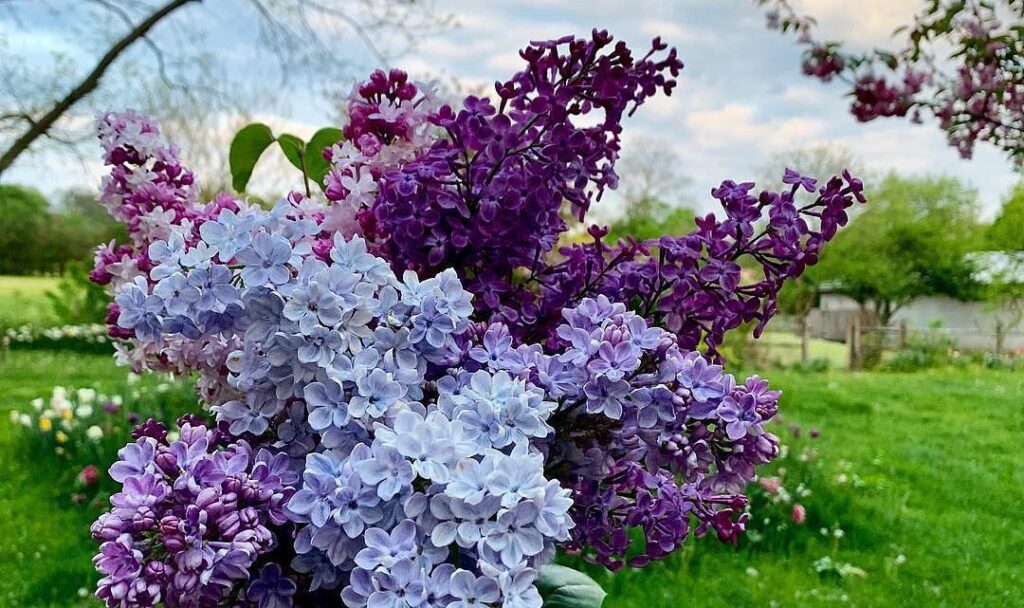
Succession planting in a scent garden
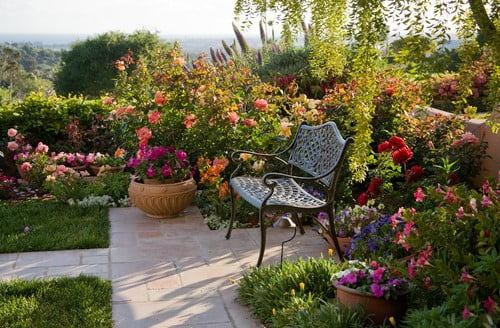
The scent and fragrance of peonies is inebriating certainly, however don’t be enticed to plant a yard brimming full of them. Why? Peonies last just a week or so in June in many climates before fading, which implies your garden will be unscented for the rest of the growing season.
Instead, utilize the technique or method of progression planting in your backyard scent garden to guarantee that new aromas will prosper in sequence. For instance, try lilacs in the spring and then have peonies and whiskery bearded iris follow them. Next, plant Roses and lilies to sprout straightaway, in the warmth of the summer, and afterward be proceeded with fragrant holy messenger coneflowers in the early fall. How nice is that?
What’s more and important, is to remember to deadhead your aroma garden plants, as doing so prompts more new blossoms—and more fragrance scents in the garden.
For more information on designing or installing a scent garden, call Landscape Pros in Manassas, VA @ 571.535.8622. We have over 30 years in experience in delivering expert landscape design and landscaping services.
